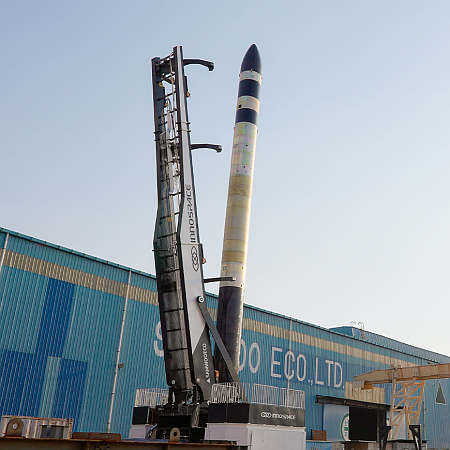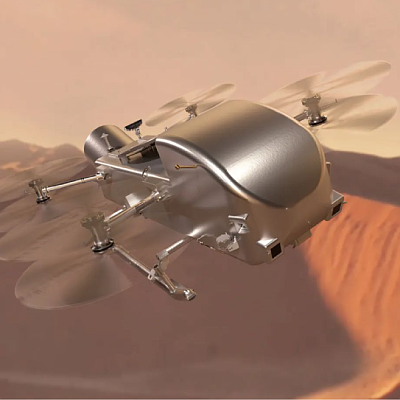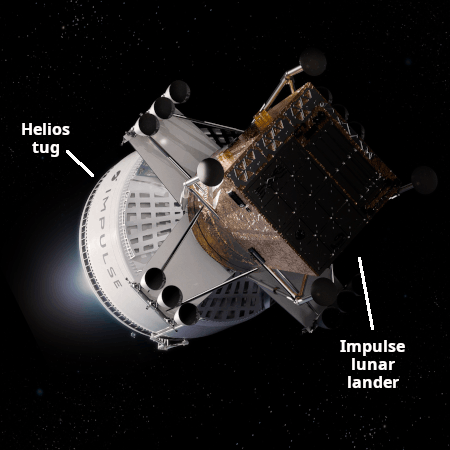October 20, 2025 Quick space links
Courtesy of BtB’s stringer Jay. This post is also an open thread. I welcome my readers to post any comments or additional links relating to any space issues, even if unrelated to the links below.
- SpaceX releases video of Superheavy splash down on 11th flight
Interestingly the video cuts off before the stage hits the water. It also appears that the booster was simulating a tower chopstick catch, so that its engines shut down significantly above the water
- Arianespace delays first Ariane 6-4 flight to 2026
This is the most powerful version of Ariane-6, with four side boosters. No reason was given for the delay, but officials indicated it will be the first Ariane-6 launch next year.
- Interesting explanation on how JWST corrects electronic distortions
Good work, but it is important to remember the correction adds one more layer of human manipulation to the data, which must raise reasonable questions about any conclusions drawn from it.
- Was there an issue with the second SpaceX launch yesterday?
I noticed the same thing, that the video ended prematurely and the normal callouts for engine cutoff and nominal orbit were not announced. At the same time, the stage’s velocity did not stop abruptly, but slowed to zero in a manner similar to all other times the engines shut down.
Courtesy of BtB’s stringer Jay. This post is also an open thread. I welcome my readers to post any comments or additional links relating to any space issues, even if unrelated to the links below.
- SpaceX releases video of Superheavy splash down on 11th flight
Interestingly the video cuts off before the stage hits the water. It also appears that the booster was simulating a tower chopstick catch, so that its engines shut down significantly above the water
- Arianespace delays first Ariane 6-4 flight to 2026
This is the most powerful version of Ariane-6, with four side boosters. No reason was given for the delay, but officials indicated it will be the first Ariane-6 launch next year.
- Interesting explanation on how JWST corrects electronic distortions
Good work, but it is important to remember the correction adds one more layer of human manipulation to the data, which must raise reasonable questions about any conclusions drawn from it.
- Was there an issue with the second SpaceX launch yesterday?
I noticed the same thing, that the video ended prematurely and the normal callouts for engine cutoff and nominal orbit were not announced. At the same time, the stage’s velocity did not stop abruptly, but slowed to zero in a manner similar to all other times the engines shut down.
















